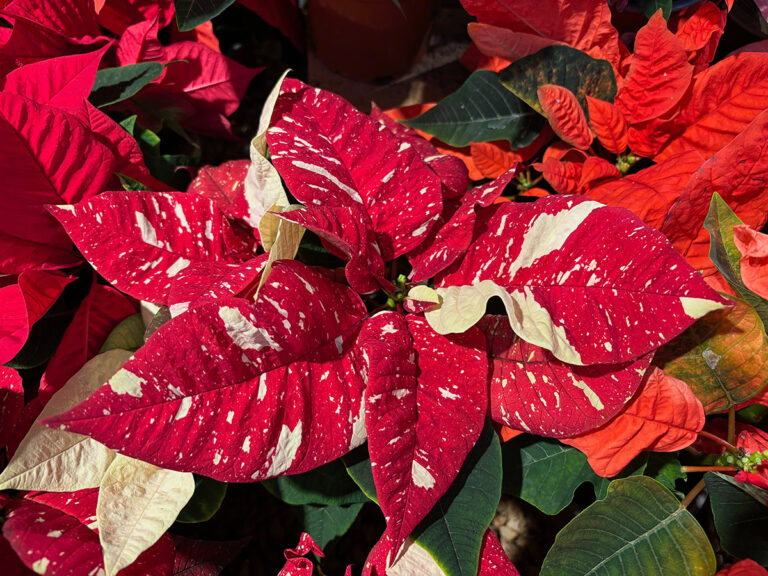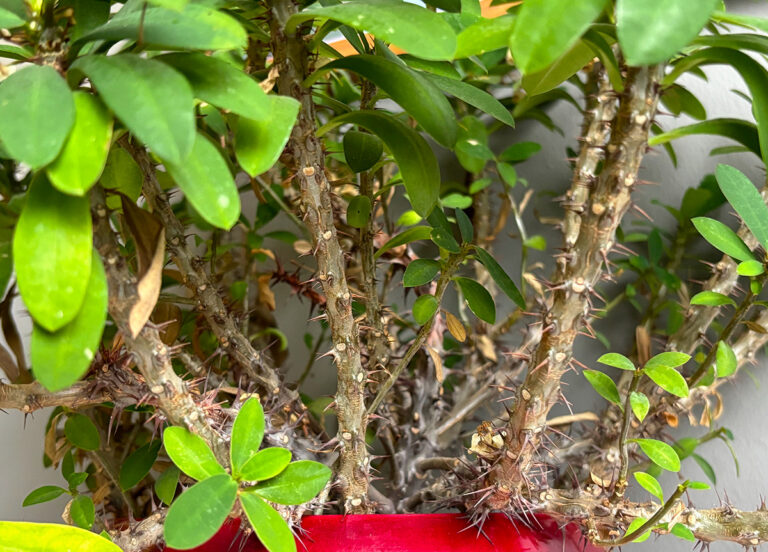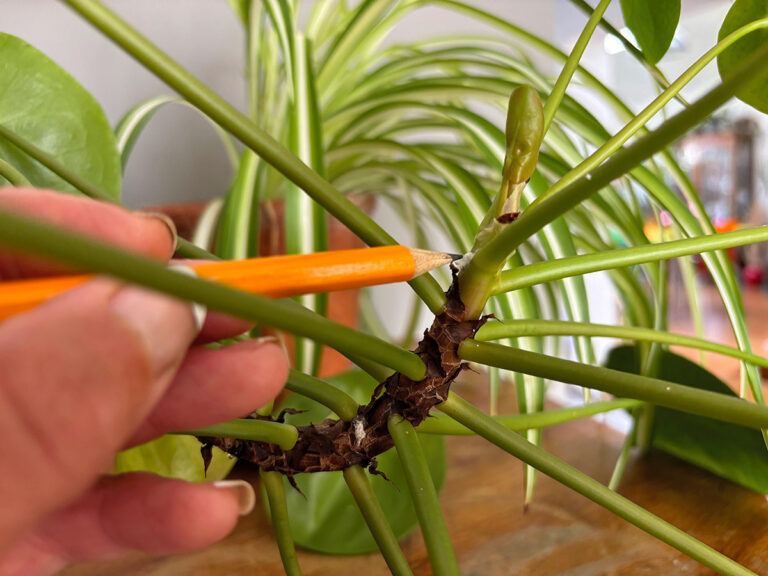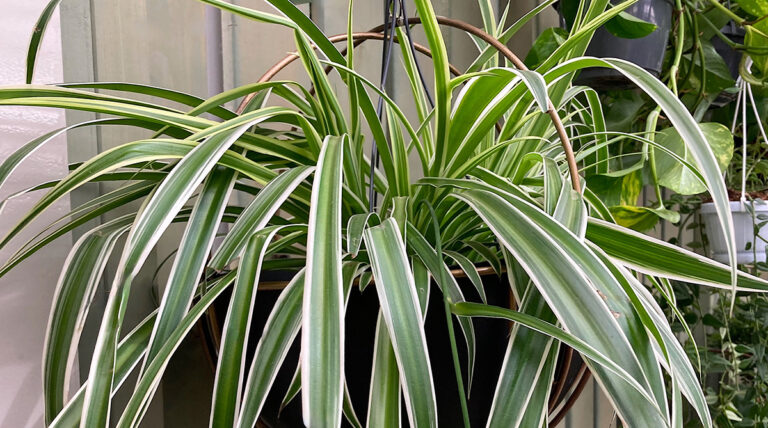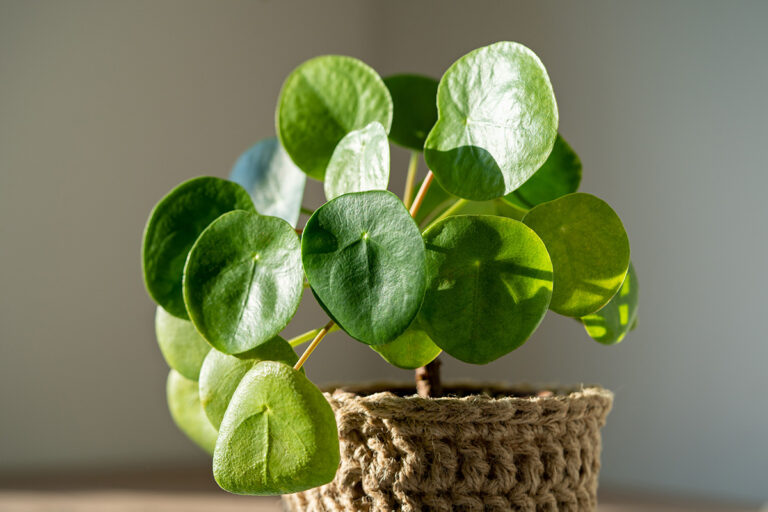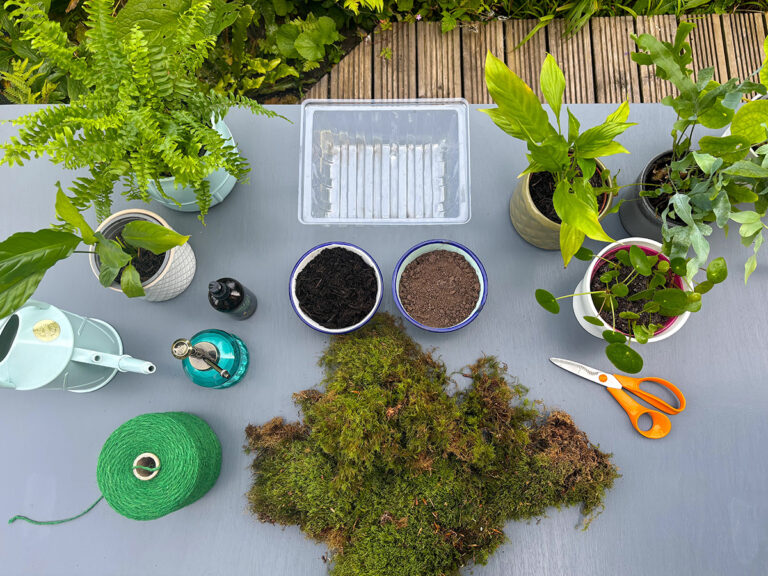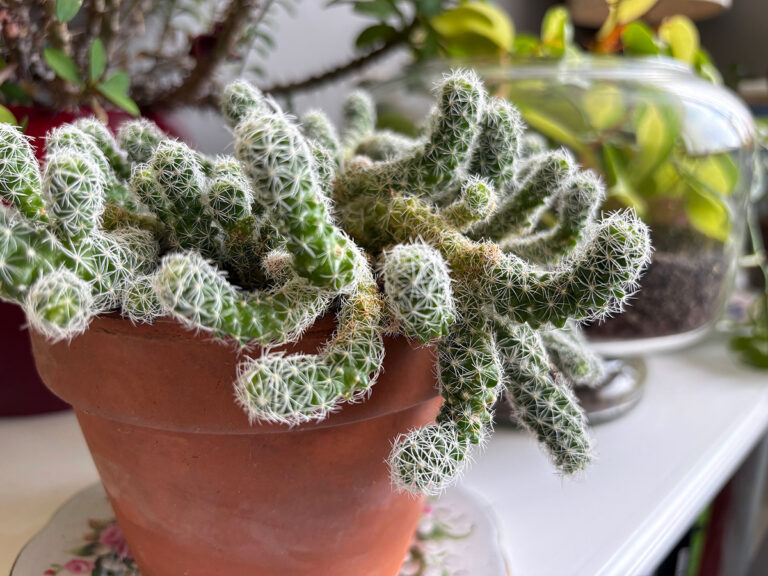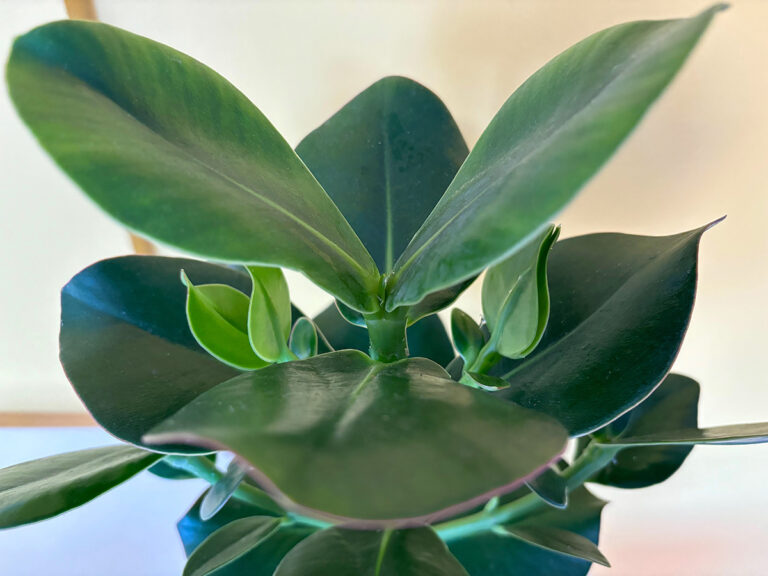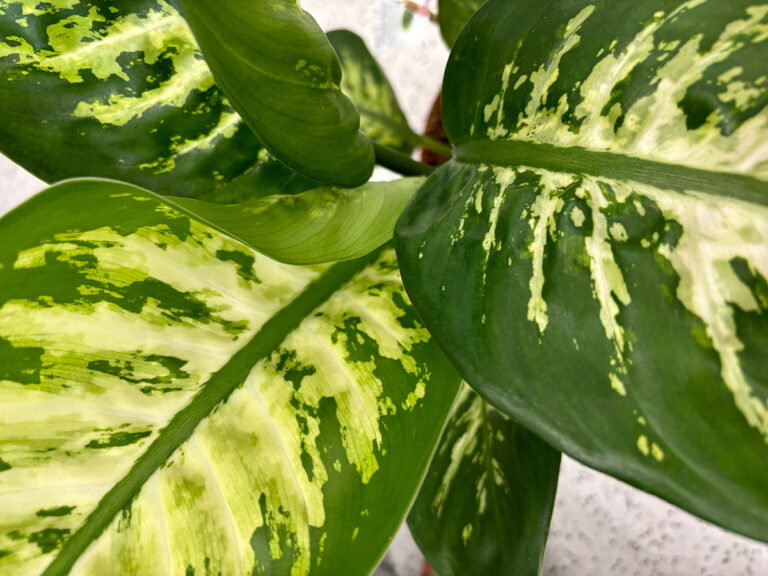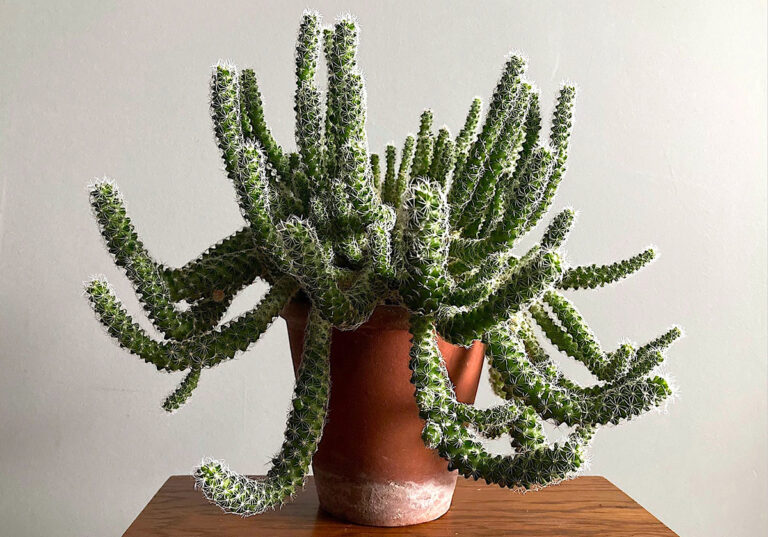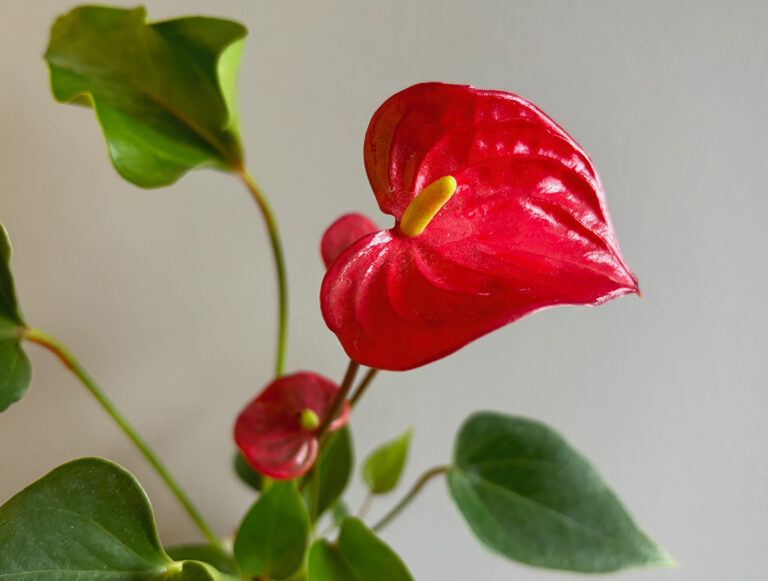Misting your houseplants
Many of our favourite houseplants come from tropical parts of the world, where they flourish in humid conditions. Unfortunately, the air in our central heated homes is much drier than your average rainforest and plants tend to suffer as a result. In extreme cases leaves will wilt, turn brown at the edges or become crispy, while buds might drop before opening or flowers wither prematurely.
The solution?
Don’t worry. An easy way of raising humidity around vulnerable houseplants is to mist them regularly with our ready-to-use Perfecting Houseplant Care Mist. It contains 17 natural ingredients to promote good health with every spray. Kelp extract and fulvic acid stimulate growth, and a blend of essential nutrients helps to revitalise tired plants.
Benefits of misting
Apart from keeping plants in rude health, misting boosts houseplants in other ways. Lavender and avocado oils in our spray helps deter pests, while raising humidity keeps sap-sucking red spider mites at bay, which thrive in dry conditions. Regularly misting also dislodges dust from the foliage of plants, helping to keep them clean and looking at their best. Dirt also blocks leaf pores and forms a layer that hinders photosynthesis, preventing lush, healthy growth.
How to mist
Misting is easy. Simply spray leaves until it looks like fine dew has settled on them – don’t overdo it as water will simply run off the surface. As a rule, it’s best to treat plants first thing in the morning, so they enjoy the benefits of misting during the day and leaves are dry when evening arrives – plants that are damp overnight are more prone to diseases and other problems. Take care to avoid spraying any flowers as excessive moisture can result in their premature demise. Once you’ve misted the leaves, gently spritz the surface of the compost. We recommend misting plants three times a week for best results.
Plants that like misting
Plenty of popular houseplants enjoy misting. Here are just some…
- Caladium
- Calathea
- Croton (Codiaeum variegatum)
- Flamingo flower (Anthurium)
- Parlour palm (Chamaedorea elegans)
- Peace lily (Spathiphyllum wallisii)
- Phalaenopsis orchids
- Prayer plant (Maranta leuconeura)
- Snakeskin plant (Fittonia)
- Umbrella tree (Schefflera arboricola)
What not to mist
Not all houseplants benefit from misting. Among them are cacti, succulents, fiddle leaf fig (Ficus lyrata) and others that like drier conditions. Although they like it humid, avoid spraying fuzzy leaved species, like African violets and piggyback plant (Tolmiea menziesii), as the water droplets are likely to mark the surface of leaves. A good way of raising humidity around these plants is to stand them on a shallow tray lined with pebbles, and then add a little water to the base. Top this up regularly, but make sure it never rises above the surface of the pebbles or roots will rot.

